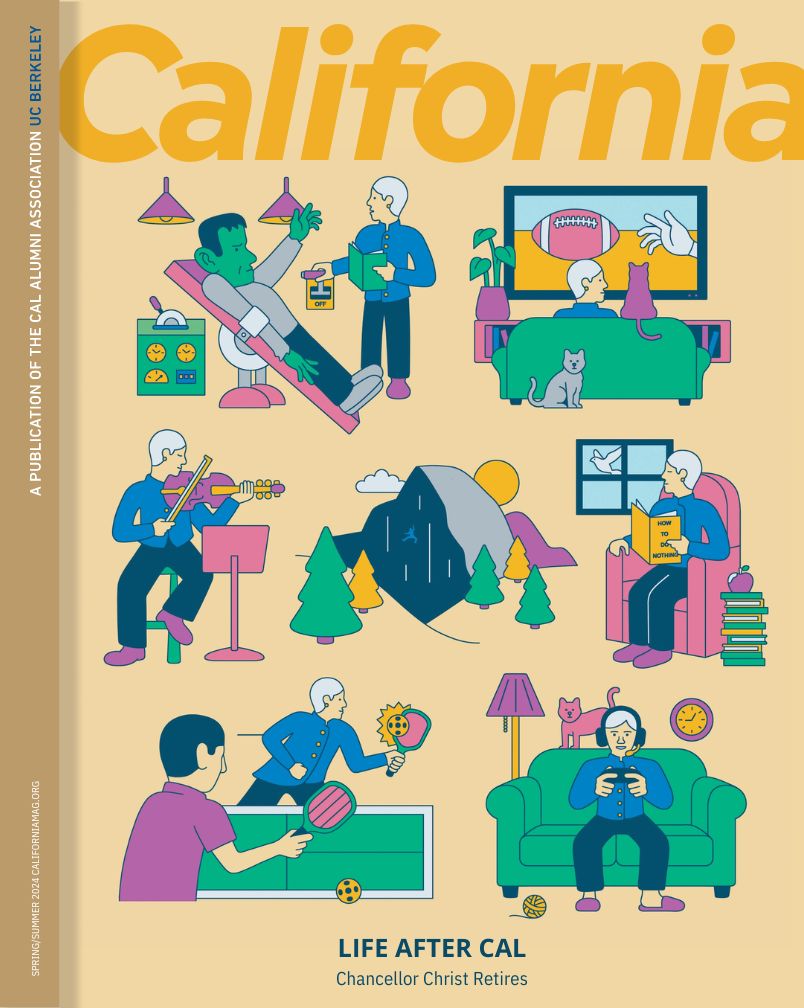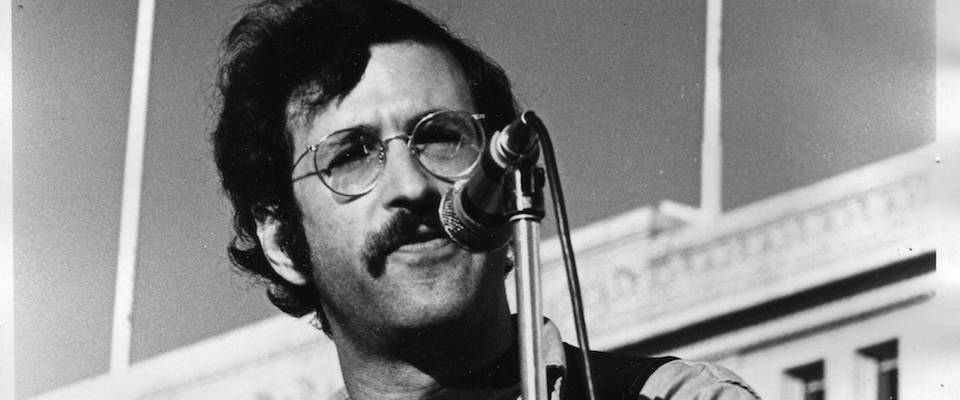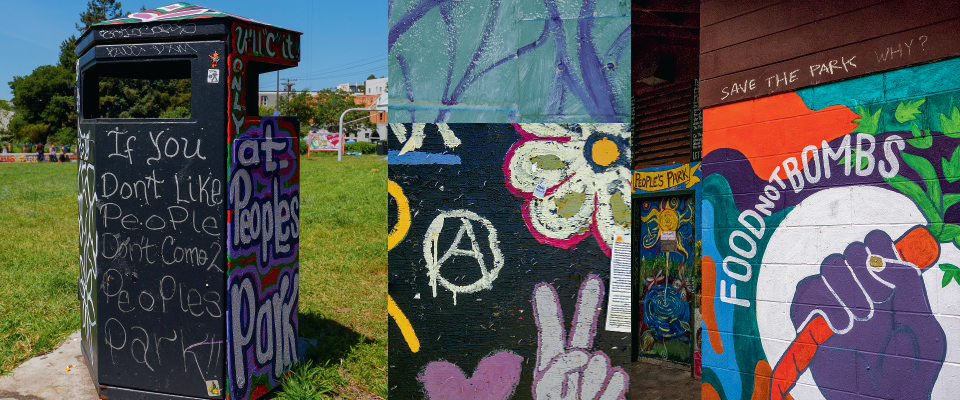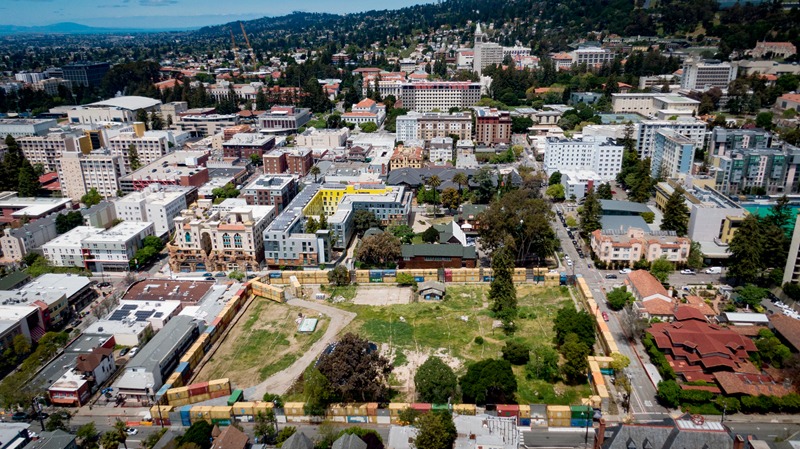We first noticed the giant Ferris wheel in Jinjiang park right after moving to Shanghai. But much of the wheel’s accompanying amusement park looks anemic and rundown. Of course, we are used to theme parks stateside, and it is hard to compete with the lands of Lego and Disney. So we avoided the place.
Eventually the children convince me to give the park a try. We arrive early to find the place pleasantly empty, and all six of us head right for the eerie-looking House of Horrors. The boys, Samuel (11) and Caleb (10), are nervous, but 8-year-old Sage is eager to go in, so she and I share a cart. As soon as we enter the dark cavernous building we meet a truly scary figure. It is a witch wearing a bikini. As we wind our way through the half-lit tunnel, we run into several immobile, indistinct, yet macabre figures. One gets the feeling they are supposed to represent gory-looking dead people. On the final turn, there is a coffin with a young lady lying there. She has pleasant, though artificially pale features and, once again, is wearing a bikini. It’s hard to know what sort of long-term effect images of ghouls and dead people in bikinis will have on the development of my preteen sons.
Leaving the House of Horrors, we head to the gigantic Reverse Boomerang, a kind of rollercoaster with passenger cars that dangle over the rails. Now, I am not particularly afraid of heights or speed, but as the car begins lifting and I see how far I will fall should the safety mechanism fail, my sense of mortality becomes acutely real. And just as the car slows down and I think this mentally torturous ordeal is over, we begin going backwards. The return is not any easier. At the exit, my children greet me like a hero. I don’t dare admit that their father has been to the edge of death and has caught a glimpse of the other side. Twice—once in reverse.
Each ride in the park has a large, cheerful and brightly colored warning sign. The roller coasters prohibit the following people: pregnant women, acrophobes, the mentally ill or unstable, and drunks. On one of the other rides, schizophrenics are also barred. Other than with the very pregnant, the very drunk, or people talking to themselves (and, really, how can you tell them from cell phone users?), it isn’t clear how these prohibitions can be enforced.
The centerpiece of the park is a ride called “Joyland.” It is housed in a building that seems vaguely familiar. A very large sign in tortured English, boasts that it is “so far, the only comparable excellent copy in China of the glorious magic show ‘Small World’ in America.”
I decide to pass, but my wife, Deanna, takes 2-year-old Olivia, since it is the only ride in the entire park that someone her size is allowed on.
At the end of the ride Deanna confirms that it is not just the grammar and spelling that are bad. The cart takes its passengers on an interminable, rambling tour of a world populated by random, crazed fairy tale characters. The ride is accompanied by blaring music and peeling walls. Olivia, too young to know better, is amused to see an entire population of cheap mechanical dolls her size under one roof.
There is a ride called “Swingers” that we pass up. Enough said.
Our final ride of the day is a large, circular swing that twists as it moves in an ever-higher pendulum motion. For a very long 5-minute session, one experiences weightlessness over and over again—way too many times. A ride like this is definitely not a good idea after a meal; I am not sure lunch is going to stay down.
The kids consider the day to be a fun family outing. For the most part, I have to agree. The weather is warm. The skies reflect a rare, mildly polluted, deep blue color. All limbs and members of the family accounted for. As we approach the gate, I remember there is still one more terrifying Chinese ride to survive: the cab trip home.





















